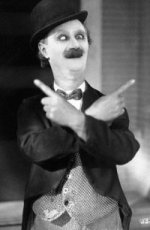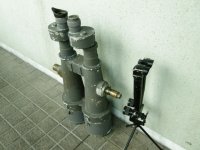normjackson
Well-known member
Just noticed this put forward as a selling point in the Opticron USA brochure for the Savanna porros. I understand at very close distances the extra distance between the objectives in a traditional porro can be a nuisance while at great distances it presumably ceases to be a factor at all.
For viewing something in thicket I guess at moderate distances the separation of the viewpoints for the two eyes reduces the liklihood of the same branch or twig obstructing the item of interest, which is handy.
As for the nicety of an enhanced 3D view, has anyone identified the circumstances where this effect is most noticeable and where it effectively ceases to be significant?
B
PS. Just did a quick AB at about 3 metres. Was trying to remember the sense of 3D through the porros and when swap to roof completely thrown by the (false) sense of greater magnification. Tricky.
For viewing something in thicket I guess at moderate distances the separation of the viewpoints for the two eyes reduces the liklihood of the same branch or twig obstructing the item of interest, which is handy.
As for the nicety of an enhanced 3D view, has anyone identified the circumstances where this effect is most noticeable and where it effectively ceases to be significant?
B
PS. Just did a quick AB at about 3 metres. Was trying to remember the sense of 3D through the porros and when swap to roof completely thrown by the (false) sense of greater magnification. Tricky.
Last edited:








